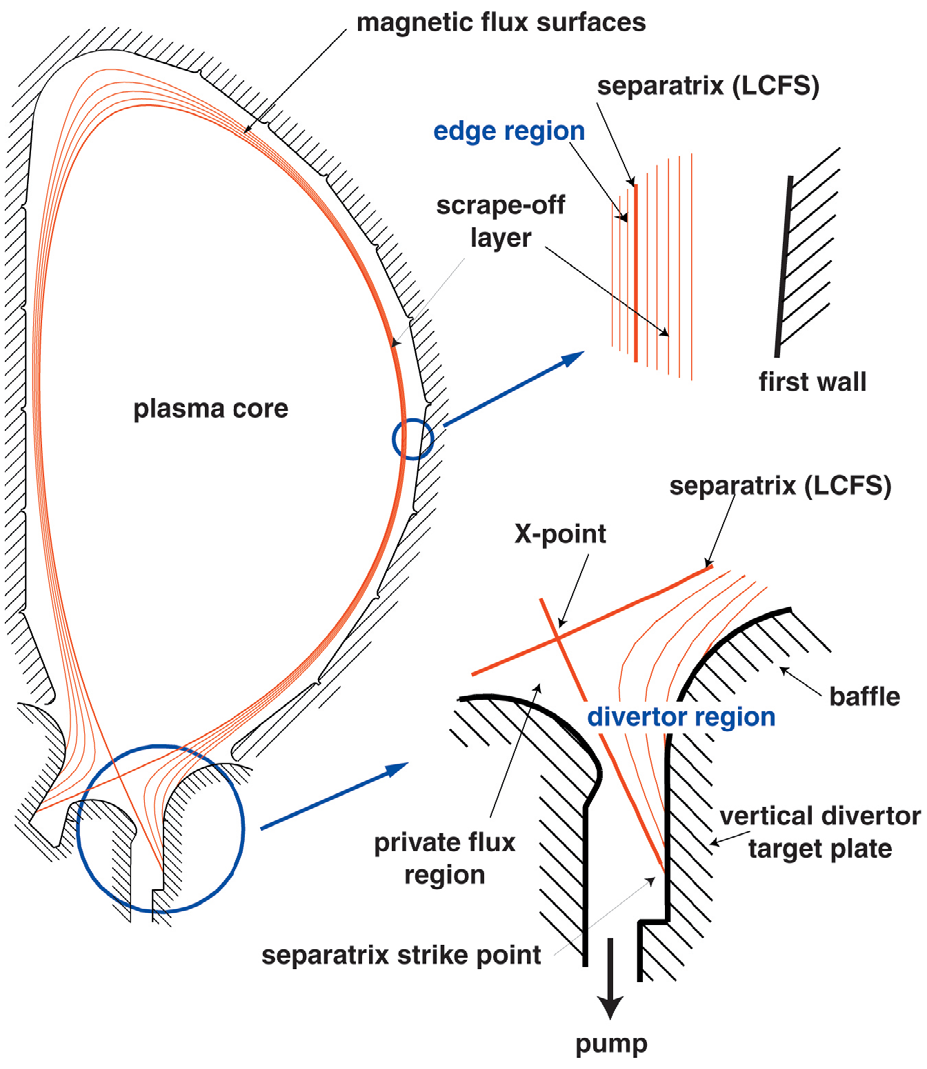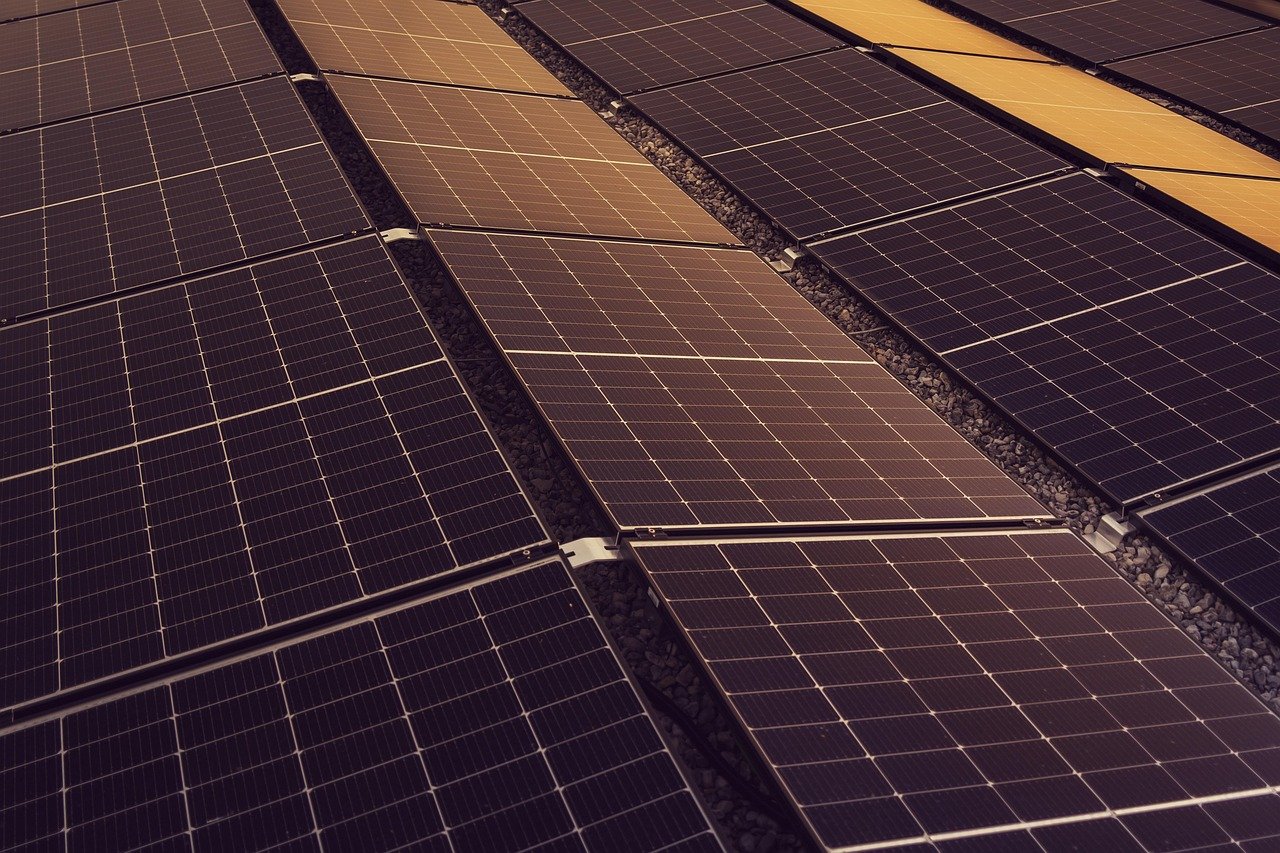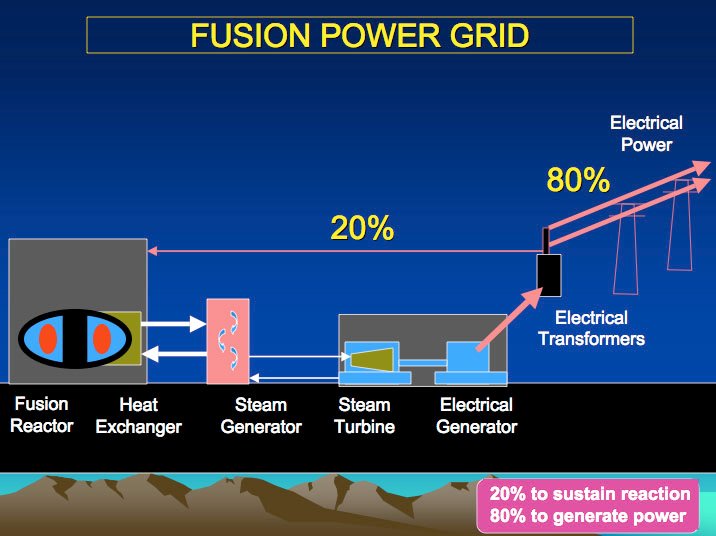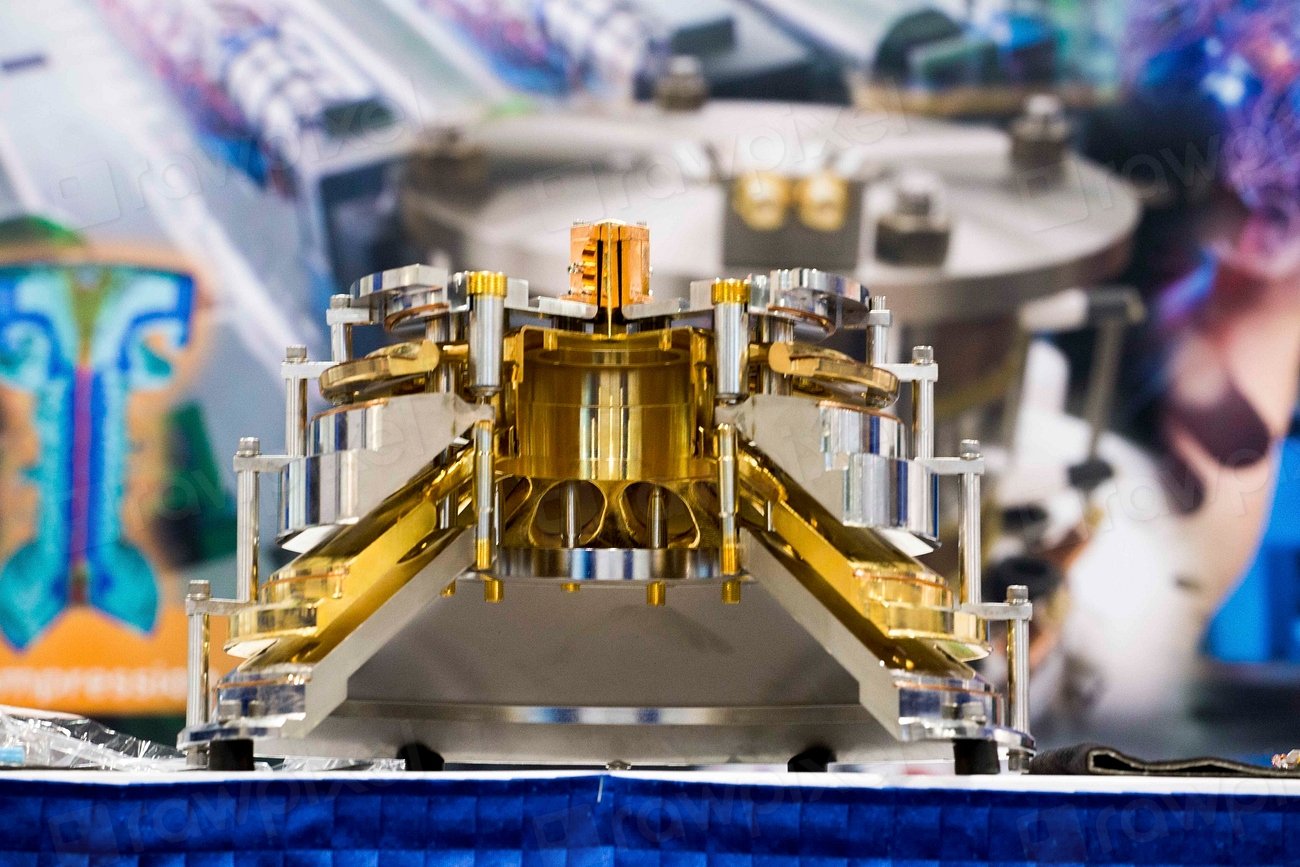Imagine a world where energy is as abundant as sunlight, clean as a mountain stream, and as safe as a cup of coffee. It almost sounds too good to be true, doesn’t it? For decades, fusion energy has lived in the pages of science fiction novels and the dreams of scientists. But today, with real breakthroughs and billions invested, the line between fantasy and reality has never been blurrier—or more electrifying.
The Dream of Star Power on Earth

Fusion energy is often called “star power” because it’s the same process that fuels our sun and every twinkling star in the night sky. Unlike burning coal or splitting atoms in fission, fusion promises a nearly limitless source of energy with none of the nasty side effects like pollution or nuclear meltdown. The basic idea is to take two tiny atoms—usually special forms of hydrogen called deuterium and tritium—and smash them together so hard that they fuse into one, releasing a burst of energy. It’s the ultimate cosmic recipe, and if we could harness it, we’d have a power source that could outlast the human race itself.
How Fusion Really Works
At its heart, fusion is about overcoming the natural repulsion that exists between two positively charged atomic nuclei. Getting them close enough to fuse requires temperatures hotter than the core of the sun, reaching hundreds of millions of degrees. Scientists have developed two main ways to try and make this happen on Earth. One involves using powerful magnets to squeeze and swirl super-hot plasma inside doughnut-shaped chambers called tokamaks. The other fires intense lasers at a tiny pellet of fuel, hoping to spark the right conditions in an instant. Both approaches are like trying to bottle a star—no easy feat, but not impossible.
Fusion Breakthroughs: The Tipping Point?

The past few years have delivered some jaw-dropping moments for fusion enthusiasts. In December 2022, for the first time ever, researchers at the National Ignition Facility managed to get more energy out of a fusion reaction than they put in. That might sound dry, but it’s a genuine “Eureka!” moment, the sort that sends scientists dancing in their labs. Meanwhile, advances in superconducting magnets and new ways to control swirling plasma have made reactors more stable and efficient. Suddenly, the old joke about “fusion being 30 years away, and always will be” doesn’t seem so funny anymore.
Massive Machines: ITER and the Race for Fusion

If you ever wanted proof that the world is serious about fusion, just look to southern France, where the giant ITER project is taking shape. This international experiment is the largest of its kind, designed to demonstrate that it’s possible to produce more energy from fusion than the reactor uses. When completed, ITER aims to generate ten times the energy it consumes—a true game changer. But ITER isn’t alone. Private companies like Helion and TAE Technologies are also sprinting toward the finish line, each with their own bold ideas and billion-dollar backers.
Why Fusion Energy is So Tempting
Fusion’s promise isn’t just about raw power. It’s about solving some of humanity’s biggest headaches. For one, fusion produces almost no greenhouse gases, a crucial factor as we try to slow down climate change. Its main fuels—deuterium from water and lithium from rocks—are ridiculously abundant. Forget about oil wars or running out of fuel; with fusion, there’s enough energy in the oceans to last humans for millions of years. Plus, fusion doesn’t create long-lived radioactive waste, so there’s no need to bury dangerous material for centuries.
Daunting Challenges: Why Isn’t Fusion Here Already?
If fusion were easy, we’d already have it. The technology must handle temperatures hotter than the sun, contain plasma that’s as wild as a tornado, and do it all without melting the machine itself. Building these reactors is staggeringly expensive, and every new step forward comes with fresh technical hurdles. Even with recent breakthroughs, achieving a stable, self-sustaining fusion reaction that continuously generates more energy than it uses is still one of science’s hardest puzzles. Plus, public funding and patience can run thin when projects stretch over decades.
The Surge of Private Investment
Government labs have led the charge for decades, but now private money is flowing into fusion at a record pace. Investors see the potential for a world-changing payday—and maybe a shot at saving the world, too. Companies like Helion, Commonwealth Fusion Systems, and TAE Technologies are drawing in hundreds of millions in funding, promising faster timelines and more nimble innovation. The private sector’s growing role is shaking up the old ways of doing things, injecting fresh ideas and a sense of urgency that government projects sometimes lack.
Fusion’s Environmental Edge

One of fusion’s biggest selling points is its green credentials. Unlike fossil fuels, fusion doesn’t dump tons of carbon dioxide into the atmosphere. There’s no risk of oil spills or toxic air pollution. The small amount of radioactive material produced is short-lived and easier to manage than nuclear fission waste. If fusion can be scaled up, it could be the cleanest form of energy since humans learned to burn wood. For people worried about the planet’s future, fusion looks like a lifeline.
How Soon Could Fusion Be a Reality?

Experts have long joked about fusion being “always 30 years away.” But with real money, real breakthroughs, and international collaborations, that timeline may finally be shrinking. ITER hopes to start running experiments in the early 2030s, and some private companies claim they’ll have working plants even sooner. Still, commercial fusion power on a global scale is likely at least a couple of decades away. It’s a marathon, not a sprint—but the finish line is finally in sight.
Fusion and the World’s Energy Future

As the world’s population grows and energy demands skyrocket, fusion could be the ace up our sleeve. It has the potential to provide steady, reliable electricity no matter the weather, unlike solar or wind. It could help power everything from factories to electric cars, all while slashing pollution and reducing our dependence on fossil fuels. Fusion could even unlock new possibilities for space travel, giving future astronauts a power source as mighty as the stars they’re aiming for.
The People Behind the Promise
Behind every fusion breakthrough are thousands of passionate scientists, engineers, and dreamers. Their work is often slow, frustrating, and painstaking. But for many, the chance to change the course of human history is worth every setback. Fusion research brings together people from all over the world, united by a single, burning question: Can we finally master the energy of the stars? Their determination is as fierce as the plasma inside a reactor.


